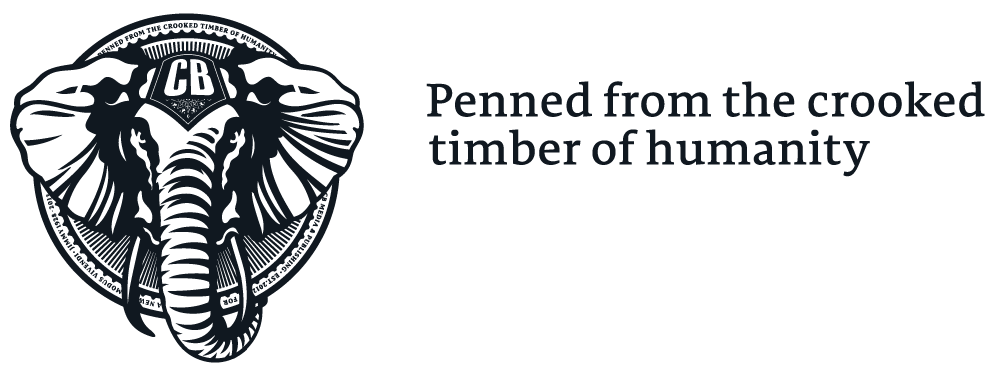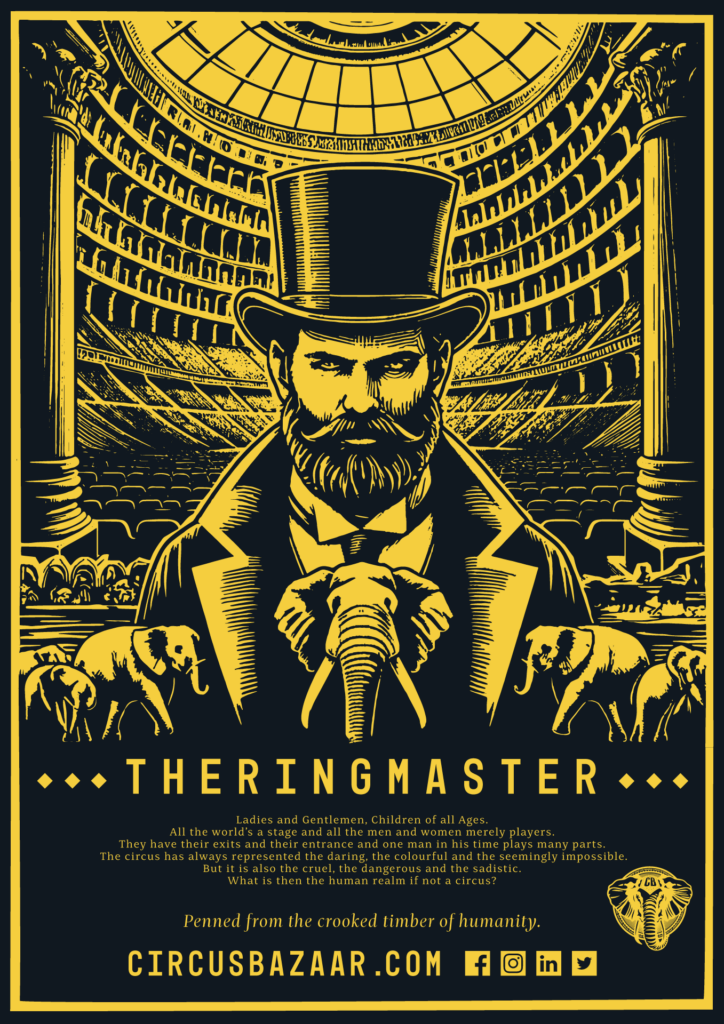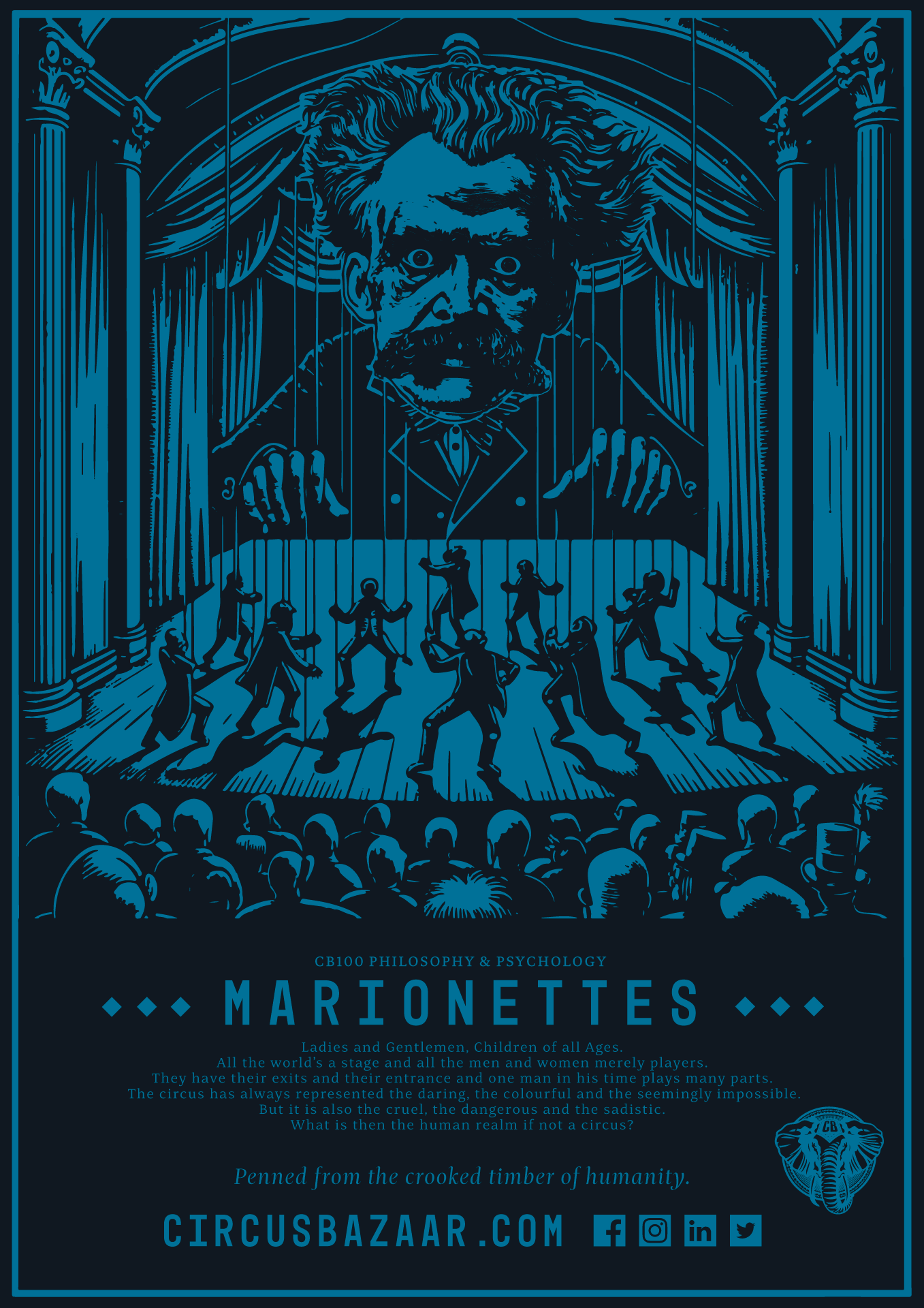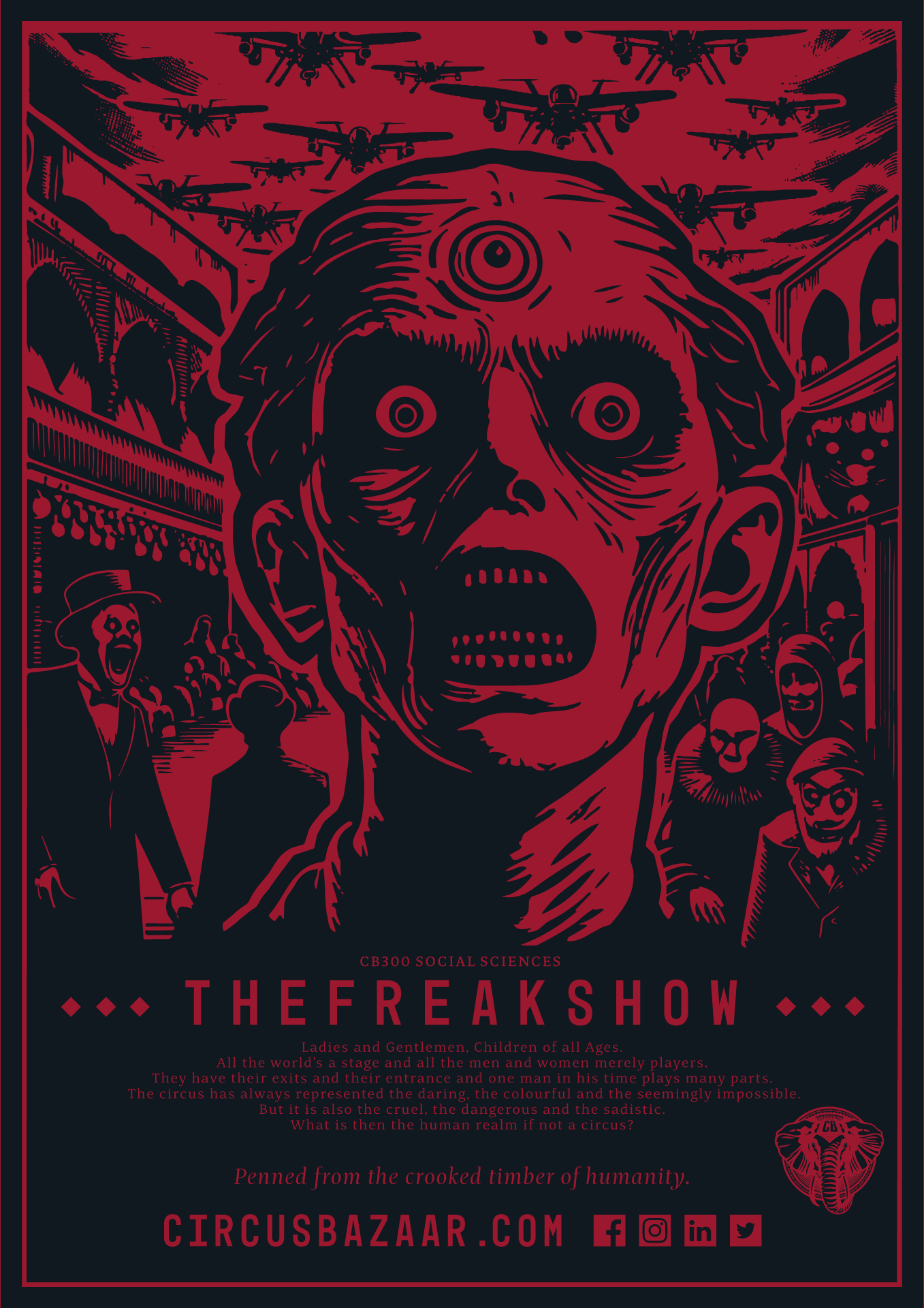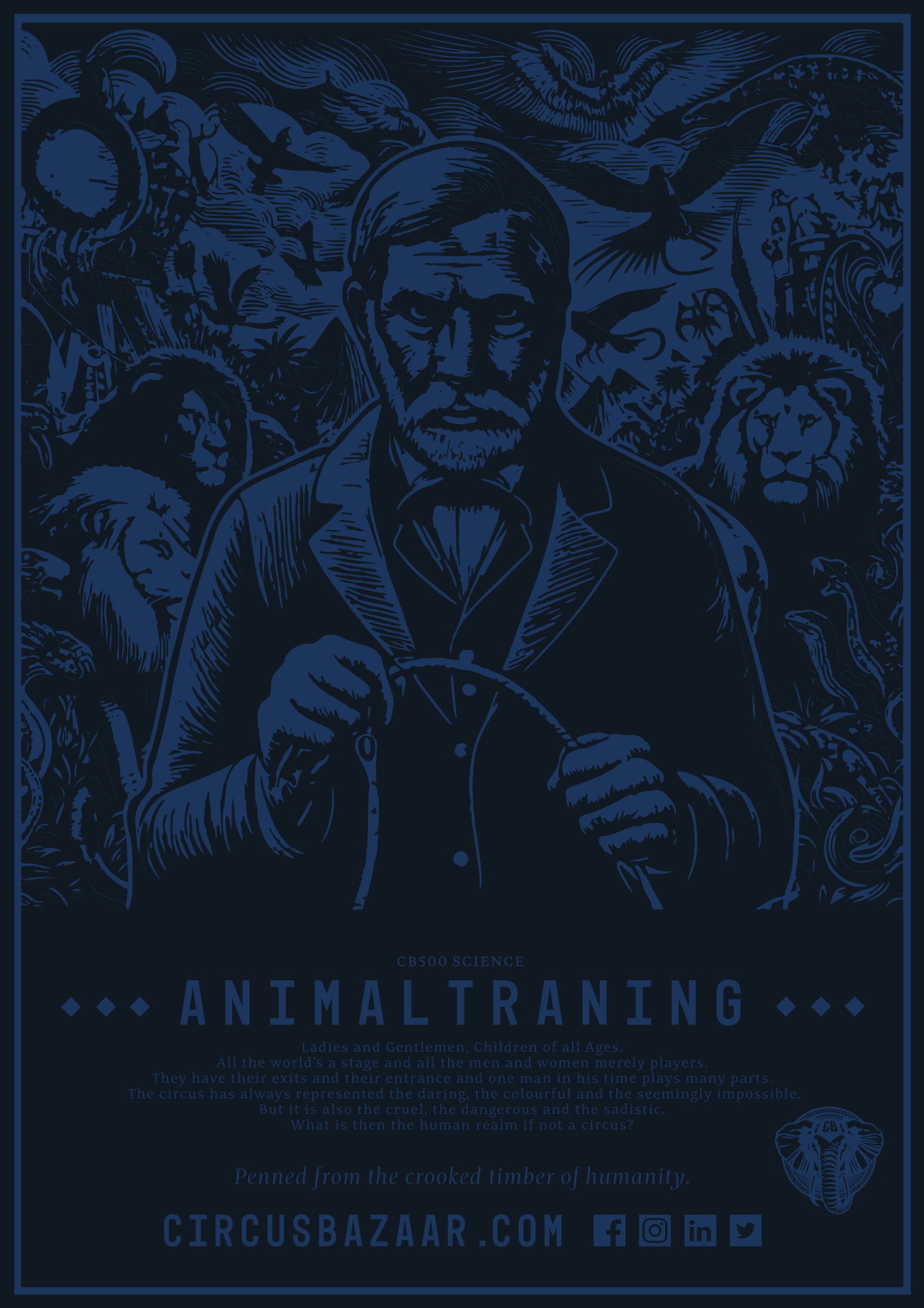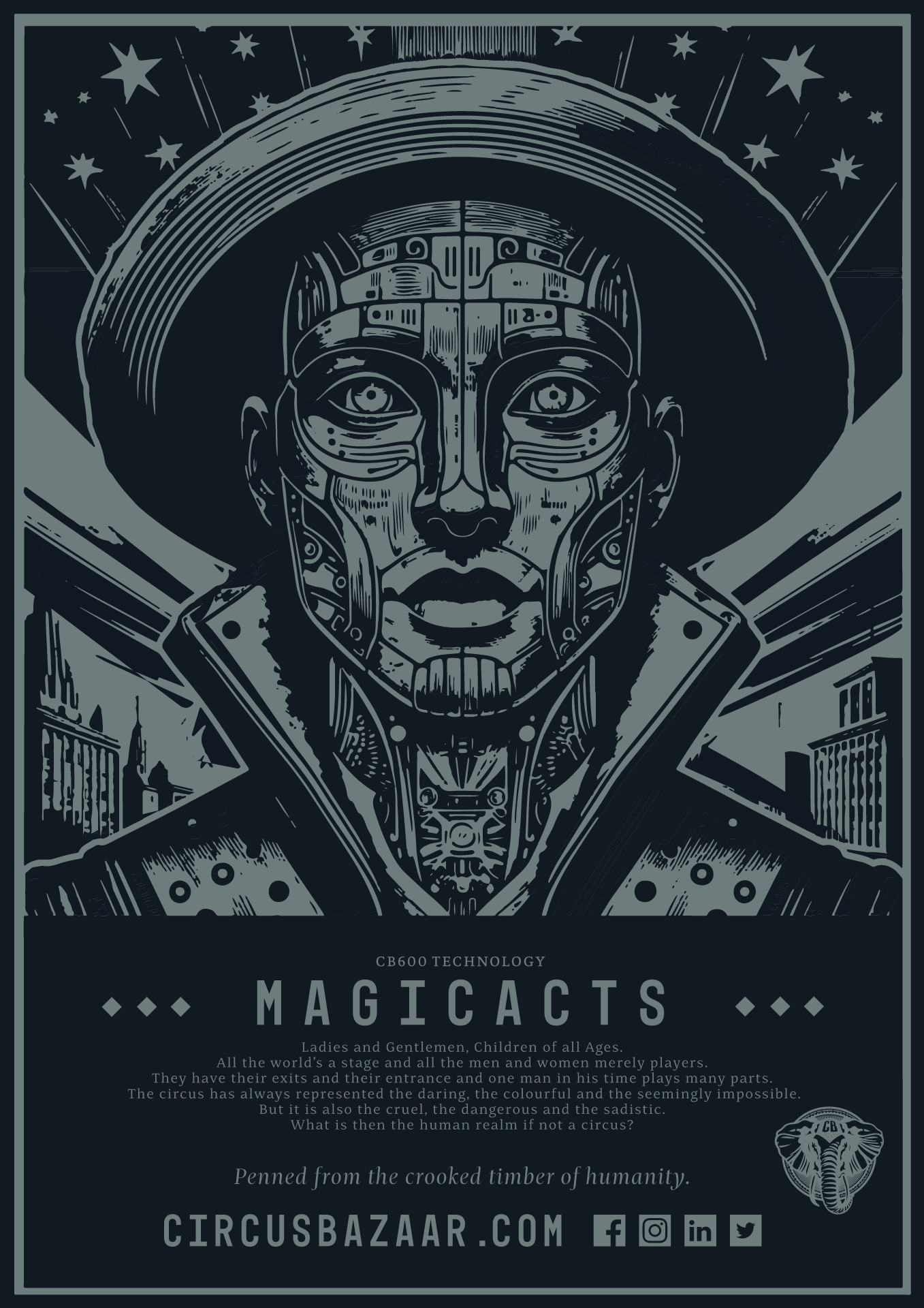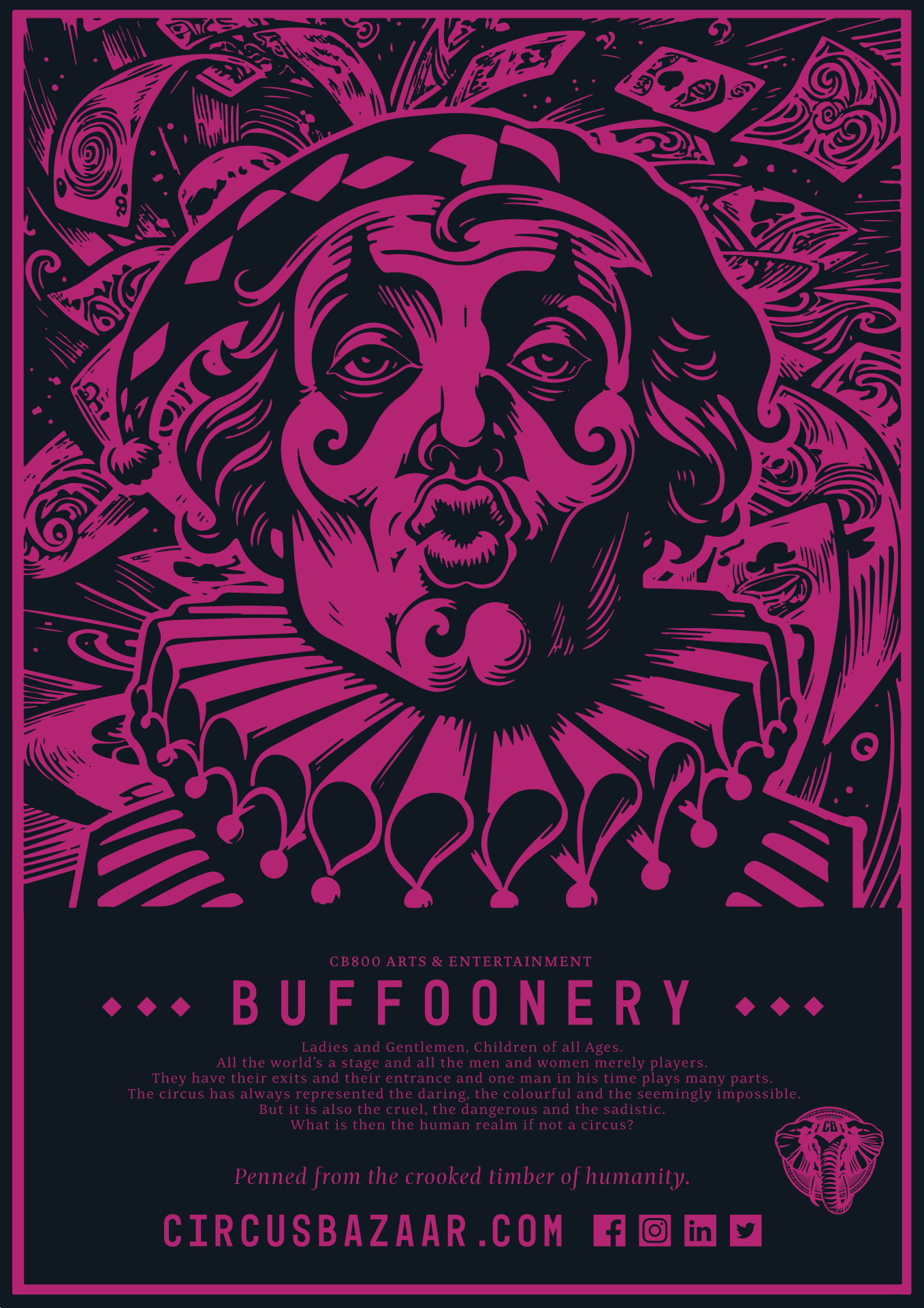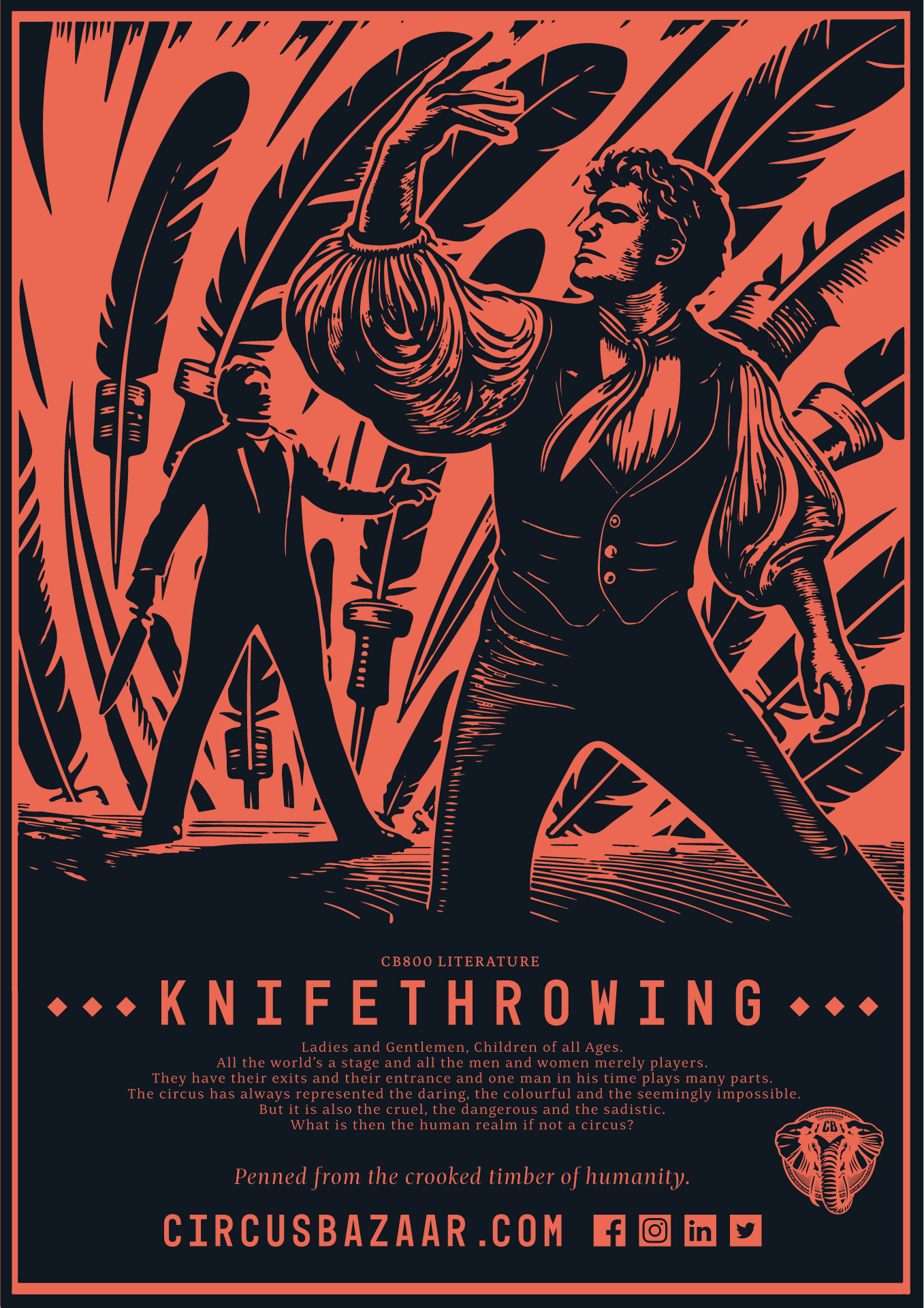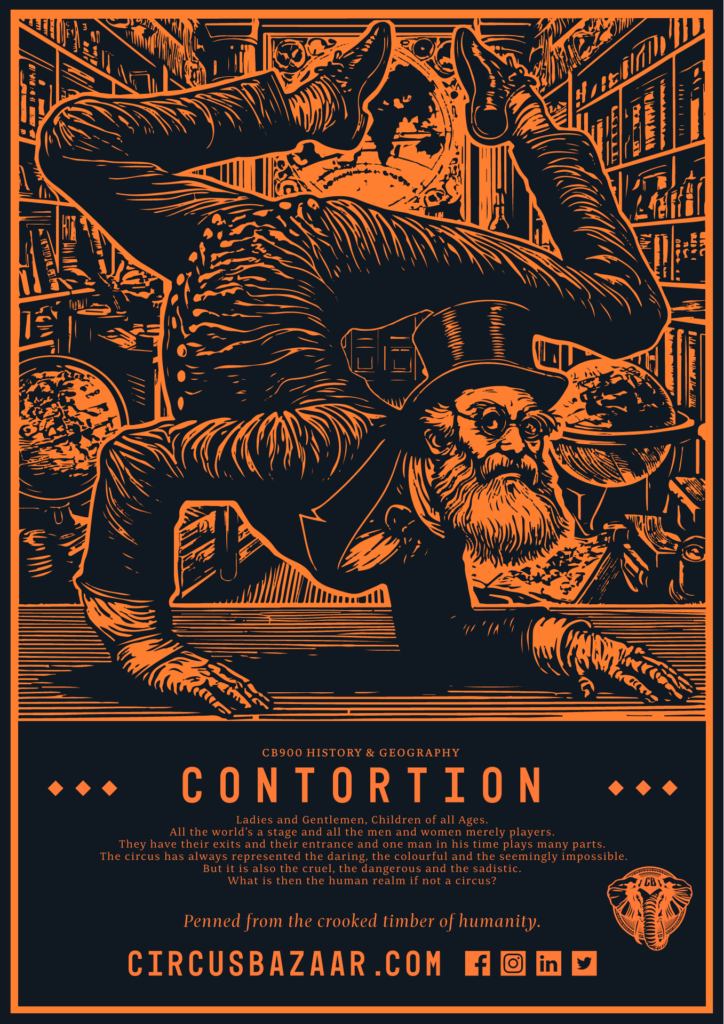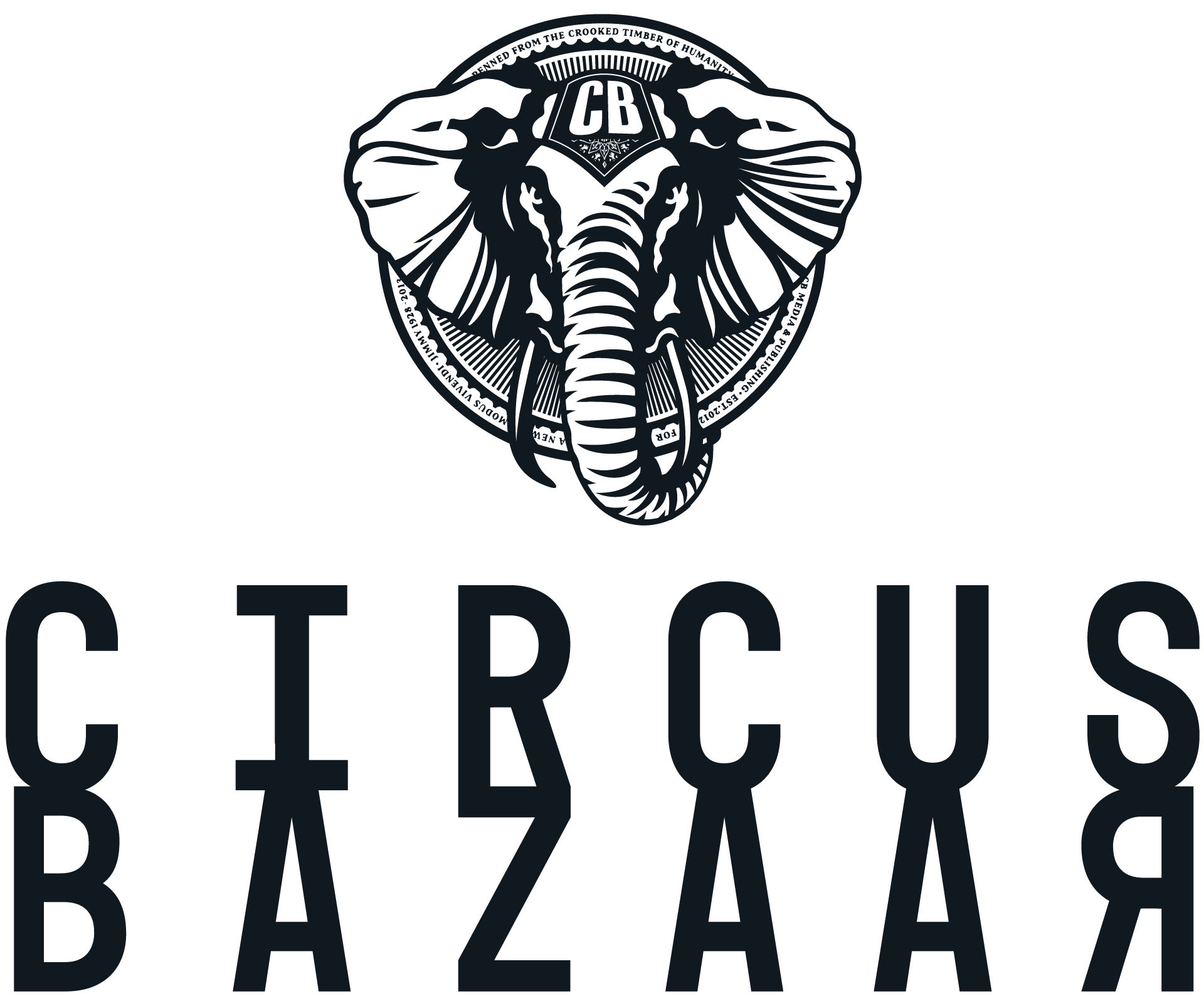“I wish I was white.” Go ahead and type that into Google. Then, say goodbye to the rest of your week as you read every article capturing the identity crises of millions around the world.
[dropcap size=small]I[/dropcap]t’s called Deracialization. In Seoul, South Korea, a staggering one in five women women go under the knife to altar their ethnic features for a more Anglo-Saxon appearance. Procedures include slitting the eyelids, raising the bridge of the nose, re-sectioning and contouring of the cheekbones and jawline.
In the highly unsettling, thought provoking documentary, Change My Race, Chinese-Australian actor Anna Choy follows the lives of several women caught in this identity crisis and going to great lengths to change their appearance.
Anna travels to Seoul, the ‘Global Capital of Plastic Surgery.’ The “K-Pop” celebrities are worshipped, imitated, and emulated not only in South Korea, but all around the world. Practically every single one of them have gone under the knife.
The image these celebrities convey has a power of influence that permeates throughout society. The numerous surgeons explain the disturbing reality—if a Korean woman does not fit the Westernized mould of beauty, achieved through surgery, she is immediate put on the back of the bus in terms of job prospects and social value.
The documentary also sheds light on the multi-billion dollar skin-whitening industry dominating Asia. In India, the creams find healthy promotion through Bollywood stars. The products have caused immense controversy—shocking, almost comical advertising campaigns inject standards of beauty in absolute contradiction to the ethnic norm. One particular television commercial stands out:
The scene is set with a husband reading the newspaper and ignoring his stunning wife. With heartache across her face, the scene switches and she’s in the shower with soap. But it isn’t ordinary soap—it’s a skin lightening wash. Here’s the kicker, a diagram and voiceover indicates the cream specifically whitens the vaginal area.
Of course, that makes for a happy ending—lightened skin, particularly your genitalia, restores the rocky relationship. The commercial finishes with the couple blissfully embracing.
https://www.youtube.com/watch?v=BoKcYIhGzAE&noredirect=1
Even with heavy backlash from government ministers calling for the product to be withdrawn, sales continue to skyrocket—one market research firm reports more skin whitening creams are sold in India than Coca Cola.
In Australia, Indigenous rights campaigner Ruby Hammond comments on the penetrating Western standard of beauty. The underlying message from our fashion and entertainment industry is that “To be human is to be white, to be black or Asian is a variation of being a human.”
A staggering statement, but one echoed throughout human history. And sadly, prevails.
As Hammond points out, issues of deracialization are not confined to people of Asian background. In the Middle-East, more nose jobs are done in Iran than any other country. African-American men and women experienced the tensions, caught in the spotlight of Michael Jackson’s identity crisis.
Longtime friend, Quincy Jones revealed in a frank interview that Jackson never had the skin disease Vitiligo, rather out of choice he used chemical peels to strip his skin of its colour.
Jackson’s physical changes provoked criticism from the African American public—calling him a lousy role-model for black youth and damaging their already struggling self image and social perception. Commenting on the one-sided, Western ideals of the entertainment industry, African-American Psychologist Dr. Halford Fairchild stated Jackson and other celebrities would try “to look more like white people in order to get in films and on television”
The connection between our current Western ideals of beauty and the history of eugenics is undeniable. While the classic eugenics movement peaked in the late 19th century, its roots run deep into antiquity. Perhaps most famously by Greek philosopher Plato in his Republic—presenting a society where human reproduction is monitored by the state.
The Spartans would bath babies in wine and expose them to harsh elements to ensure only the strongest would survive. Ancient Roman law stated that deformed children must be put to death.
Roman philosopher Seneca reasoned that, “We put down mad dogs; we kill the wild, untamed ox; we use the knife on sick sheep to stop their infecting the flock; we destroy abnormal offspring at birth; children, too, if they are born weak or deformed, we drown. Yet this is not the work of anger, but of reason – to separate the sound from the worthless.”
Initially, eugenic practices were confined within a nation and ethnic group, and thus void of any racial concern. Worthiness of life and selection was based solely from biological and physical standards. As science developed, the scope expanded to include moral and intellectual traits—basing these traits in heredity. Englishman Francis Galton initially systematised this early form of “Biological Determinism,” inspired by the work of his half-cousin Charles Darwin, in Origin of Species, and Descent Of Man.
He first used the word eugenic in 1883, arguing that “genius” and “talent” were hereditary traits. And, since artificial selection could exaggerate desirable traits in animals, such models could—and should, be applied to humans. Societies needed to shift from protecting the underprivileged and weak if it were to save itself from a “reversion towards mediocrity.”
Building off Galton’s work, American Charles Davenport took eugenics from a scientific idea to a worldwide movement. As the first president of the International Federation of Eugenics Organizations (IFEO), he obtained funding and oversaw its implementation in many countries. Legislations were passed prohibiting marriage and enforcing mass sterilisations among those with mental illness—depression, bipolar, and even those who were deaf.
As the standards and criteria were being shaped, it was inevitable that race would come under the microscope. First it was physical stratification, then intellectual, and now racial stratification. Theories concerning race-categorisation and hierarchy were already prominent throughout history with thinkers holding the polygenist view—monogenism contends that all races have a single origin, while polygenism is the idea that each race has a separate origin. The Scientific Revolution allowed for unprecedented authority and credibility, and often exploited to turn opinion into fact.
American Lothrop Stoddard’s numerous works gained much attention in the 1920’s. He divided the world into “white,” “yellow,” “black,” “Amerindian,” and “brown” peoples, and raised concerns over the destruction of the “white” race by “colored” races. Stoddard further divided the white race into three categories: Nordic, Alpine, and Mediterranean. All superior to colored races, but he argued the Nordic was the greatest and needed to be preserved through eugenics.
The ripple effect of such works motivated many nations including Canada, the United States, and Australia, to pass immigration laws based on a hierarchy of nationalities—from the most desirable Nordic people and Anglo-Saxon to the Chinese and Japanese who were banned from entering. The ideology became justifications for African slavery in Europe and the US, for the South African Apartheid, for the White Australia Policy, and for their implementation of the “Stolen Generation” of Aboriginal children.
While many of these practices have been denounced and overturned today, their effects, although latent, are arguably still as devastating. Deracialization surgeries show no sign of slowing down. Perhaps the only medium able to bring change—the entertainment industry—sadly only perpetuates the problem.
The 2014 Hollywood Diversity Report examines the gender and race of actors, directors and writers of film and television. It reveals minorities were dramatically underrepresented even though minorities make up more than 50 percent of the overall U.S. population.
Dr Darnell Hunt, lead author of the study and professor at UCLA says this startling under-representation should be cause for alarm. “Much of what we know about the world around us comes from media.”
Not only that, people imitate what they see in the media. In just about every mass-shooting incident, there’s a strong correlation between what the shooter was exposed to through media and movies. Inner conflict and identity crises then, are a natural result of being exposed to media that is woefully out of touch with reality.
Dr. Hunt further comments, “When you have a society that’s becoming more and more diverse, but an industry that is lagging, you have a distorted view of what’s going on in the world…A very narrow depiction of what is normal.”
What is normal is the key phrase. Psychologists, sociologist, and our very own experience affirms our craving for community—to fit in, to relate and feel normal. That narrow depiction of what’s normal is the root of worldwide identity crises.
Although the solution—attempting to overturn the culture of the entertainment industry—may seem like a David VS Goliath endeavour, it’s helpful to remember who’s victorious in that battle. History’s also replete with individuals sparking revolutions.
In the Australian entertainment industry, there’s been outcries against racial misrepresentation by prominent actors such as Jay Laga’aia and Firass Dirani. For a nation that celebrates its multiculturalism, it’s television screens express a mono-culturalism. Reporter from the Sydney Morning Herald, Melissa Phillips, rightly points out that, “Outcries from actors within the industry need to be matched by outrage from viewers…It is up to us, the viewing public, to let programmers and commercial television stations know our demands.”
Perhaps only then, you could type in “I wish I was white” on Google, and be done reading when your toast is ready; perhaps Seoul would be known for its Soju rather than its surgery; and perhaps men in India would stop ignoring their wives.
